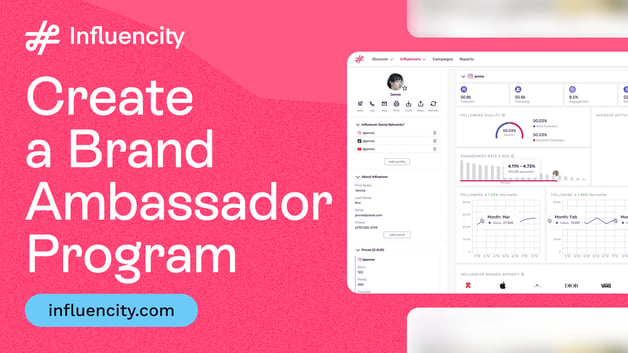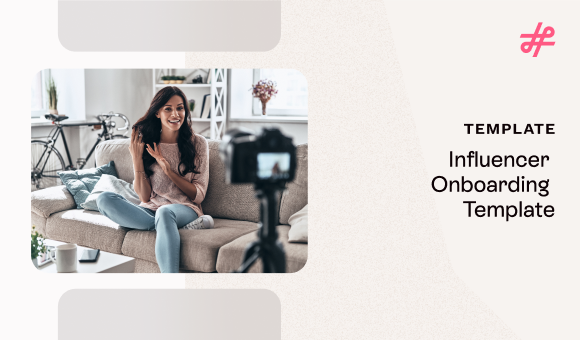Real challenges brands face when working with influencers
Brands that work with influencers don’t just do so to increase their visibility; in fact, their campaign objectives tend to be rather varied. Sometimes influencers are the perfect solution for improving a brand’s reputation or the most efficient method for associating a brand with specific values.
Regardless of the goals that brands wish to achieve, each influencer marketing campaign implies a significant challenge for companies. In this article, we’re going to take a look at some of the challenges brands have faced when working with influencers and how they overcame them, one way or another, with Influencity’s help.
In order to inspire other companies that are perhaps doubtful about getting involved in the world of influencer marketing, or those that have already given it a go but have their queries, we’re going to share three successful case studies of brands that collaborated with influencers and had to address different situations:
Brands that work with influencers don’t just do so to increase their visibility. It may be because they wish to improve their reputation or associate certain values with their brand.
Real examples of brands that collaborated with influencers
Case #1: Malibu and #lamarcadelverano (#thebrandofthesummer)
No matter how much you prepare for a campaign, you can’t always keep everything under control.
In 2015, Malibu launched their #lamarcadelverano (#thebrandofthesummer) campaign, in which they announced the launch of their new app on a widely-viewed tv programme, which, with the use of a filter similar to those used on Instagram, users could add a “solar tattoo” to their photos.
What the brand didn’t know was that the same tv station was going to broadcast a programme about skin cancer shortly after their campaign announcement, which lead many viewers to misinterpret the campaign’s objective. Many thought that Malibu supported real “solar tattoos”, which evidently implies spending an excessive amount of time in the sun along with all the other risks that entails.
The campaign hashtag was then used to boycott the brand, accusing it of irresponsibly promoting an activity that implied a huge health risk. Malibu had to take immediate measures to communicate the actual intention of the campaign and prevent it from becoming completely counterproductive and causing a lot of damage to the brand’s image.
● What did they do?
We selected 250 Twitter influencers from Influencity’s network and, alongside the brand, worked out how to focus the campaign messages in order to neutralise the undesired effect it had had.
Once we’d contacted the influencers, they began to post content on their feeds encouraging other users to spread the word, using the campaign hashtag along with positive messages to clarify that it was all a misunderstanding.
Since the messages didn’t come from the brand, but rather from external influencers, the message gained credibility and managed to abolish the link between Malibu’s app and the risk of sun exposure.
Since the messages didn’t come from the brand, but rather from external influencers, the message gained credibility
Case #2: Boosting an international brand’s Instagram followers
A movie premiere proved to be the perfect opportunity for a well-known brand to boost their Instagram following. Their goal was to significantly increase their number of followers on this social network.
They believed that the best way to do this in a relatively short amount of time was to launch a competition with the help of influencers. To participate in the competition, the user had to be following the brand’s Instagram account, which is precisely how they achieved their goal.
- How did they do it?
The movie’s target audience was women over 18 years old. With this information in mind, the brand selected the best influencers to reach this public.
It chose a group of female influencers who specialise in lifestyle and fashion and, more specifically, profiles which complied with two requirements: they had to be big cinema fans and have the ability to generate a high engagement rate from their audience.
These influencers promoted the competition by posting pictures and texts on their Instagram accounts that transmitted the suspense of watching the movie. The objective was to encourage the influencers’ followers to follow the brand’s account.
As the campaign developed, the results were analysed to see which profiles achieved a higher follower conversion rate and the results showed a significant increase.
The results were analysed to see which profiles achieved a higher follower conversion rate
Case #3: Branding and diffusion of the Be Plus brand
In this campaign, the objective was to create a community for the Be Plus brand through the use of the hashtag #generaciónbeplus (#generationBePlus).
The target audience the brand wished to reach was women and men (70:30) aged 24 – 35 years, with higher-education qualifications and who are worried about nutrition and living a healthy lifestyle.
● How did they do it?
The campaign proposal consisted of collaborating with an ample group of influencers who could represent and transmit this idea of a healthy lifestyle and share the hashtag to encourage conversation.
The campaign was carried out on Instagram and consisted of one publication per influencer along with stories. But the real challenge consisted in selecting the best profiles for this campaign in order to generate conversation and give the hashtag as much visibility as possible.
Thanks to a lot of research, the brand chose profiles with high engagement rates and whose public perfectly matched the target audience’s demographic, which helped the brand achieve their campaign objective.
The real challenge consisted in selecting the best profiles for this campaign in order to generate conversation and give the hashtag as much visibility as possible.
What we learnt from these brands
Each one of these situations implied a challenge. If we take into consideration that the brands working with influencers are all different, they all evidently expect different results. With these cases and others, we’ve been able to get a lot of feedback that has helped us improve our business plan and help brands achieve their campaign goals.
- With the first case study, we learnt that contingency strategies must go hand-in-hand with good planning and preparation, because you can never predict what could possibly go wrong. What we do know, is that if something goes wrong, we must be prepared to react quickly.
- With the second case study, we saw the importance of influencer marketing for brands who wish to increase their following on a social network or generate sales. The audience really take on board recommendations and suggestions from external influencers.
- The third case showed us how it’s essential for all of a campaign’s aspects to be well-aligned (product, target, communication). The coherence between all of these elements is the foundation for ensuring the message is clearly communicated to the target audience.
Perhaps you’d like: Why you need a tool to manage your community of influencers
This last point can be applied to influencer marketing in general. It’s important to have uniformity between all the influencers’ actions and the rest of the messages being emitted via other mediums, since this helps ensure a more effective communication and better results.
Do you want to get better campaign results? Get in touch with us and we’ll give you a hand. In the meantime, you can download Influencity’s success case in the retail sector and see more case studies from brands in this sector.
Tags:










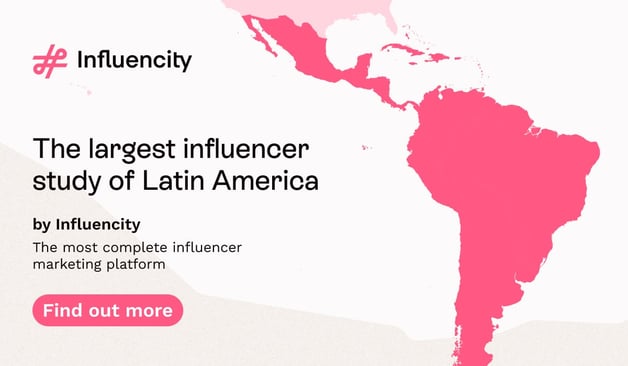


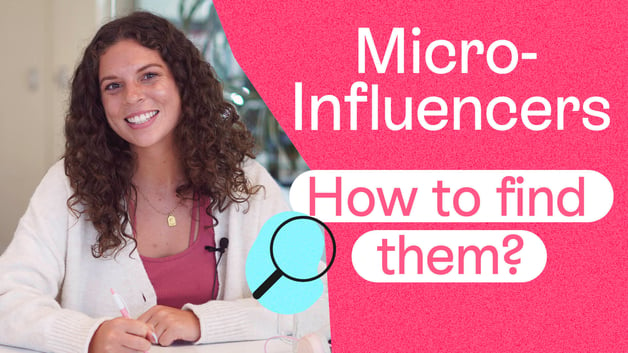


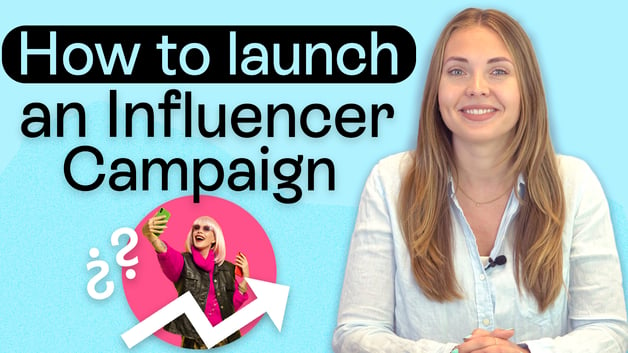



%20and%20How%20Can%20They%20Benefit%20Your%20Brand%20article.jpg?length=628&name=What%20Are%20Key%20Opinion%20Leaders%20(KOL)%20and%20How%20Can%20They%20Benefit%20Your%20Brand%20article.jpg)

